By Savanna Agardy & Elizabeth Hora
If you ask most grownups how archaeologists learn about the past, they can probably tell you that archaeologists use radiocarbon dating or layers in the soil. But what does that mean?
Archaeologists use many different scientific tools to learn about people from long ago. These include:
- Artifact typologies
- Radiocarbon dating
- Remote sensing
- Stratigraphy
- Oral traditions
Archaeologists have ways of analyzing artifacts, dating artifacts, learning about the dirt they dig up and seeing things using technology that our human eyes can miss. And of course, archaeologists can talk to people about what they know of the past. There are lots of different ways to know about the past, and if you click on these links and learn about them, then you’ll know more about archaeology than pretty much any grownup you’ll meet.
Artifact Typologies
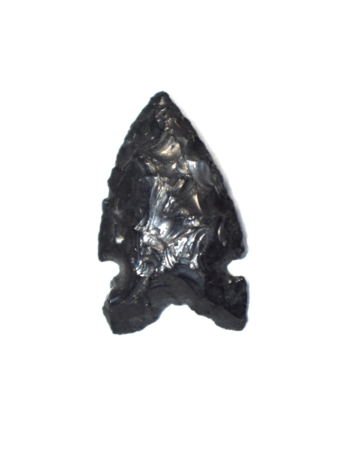
How do archaeologists know what artifacts are, or who made them? One easy way is by organizing objects into typologies. By grouping items and analyzing them, archaeologists can learn about the people who created and used them.
Your toothbrush is an example of a typology. Think about all the toothbrushes you’ve had in your life. When you were little the toothbrush you had was small too and it might have had a character on it. When you got older, the handles may have changed to fit the new size and shape of your hands, and maybe your favorite colors changed. All the different types of toothbrushes you had reflected the things you liked at the time: Spiderman, Paw Patrol, or Frozen. If an archaeologist found all of your old toothbrushes, they could use them to see how you grew and changed physically, and how your likes and interests changed.
Through studying the differences within a certain type of thing, archaeologists build a typology that tells them a lot about the people who used it. Let’s see how this works by looking at projectile points and arrowheads. These are chipped stone tools that people attached to the end of spears, darts, and arrows to hunt wild animals. The changes that archaeologists see in projectile points can tell them about how old the artifact is. The oldest projectile points are big, because people used spears to hunt big animals, like mammoths. Later on people made smaller projectile points because those worked just as well to hunt animals like deer that people liked to eat. And even later than that, projectile points got even smaller as people started to use bows and arrows to hunt. And now hunters use rifles, with metal projectiles that are the smallest of all. Just like your toothbrush got bigger as you did, projectile points got smaller as people found new ways to hunt wild animals.
There are lots of different artifact typologies because this is one of the best ways archaeologists can learn about the past.
Radiocarbon Dating
Radiocarbon dating sounds very scientific, and it is. Archaeologists use machines and our knowledge of nuclear physics to find out how old an artifact is by measuring the amount of radioactive carbon in the object. The graphic below depicts the radiocarbon process, which involves 14C, otherwise known as Carbon-14, a radioactive isotope that can be found in organic elements (things that were once living).
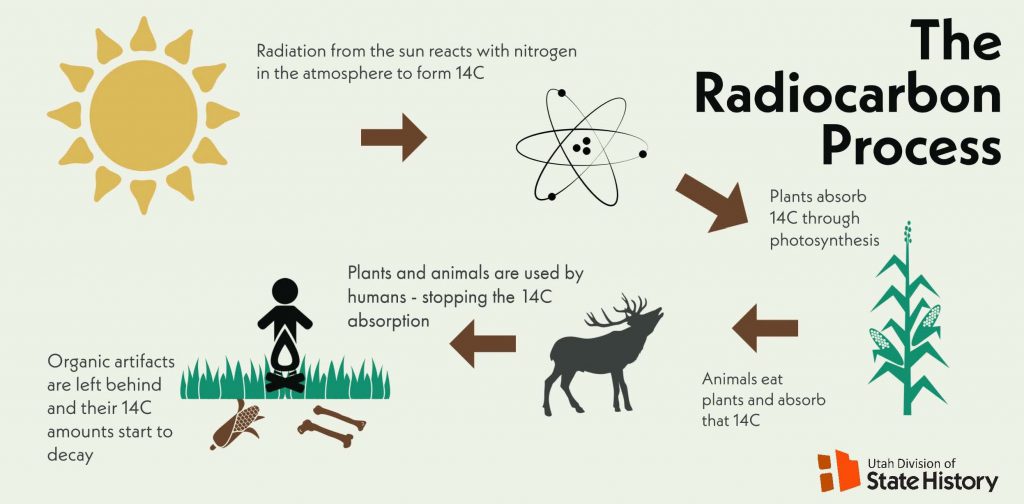
Do you want to learn all about the chemistry behind the radiocarbon process? Check out these great videos from Fuse School!
Ok, so how does measuring radioactive carbon help you know how old something is? Here’s where the answer gets really simple: we just count.
We know from tree-rings, cave stalactites and stalagmites, and ice cores how much radioactive carbon was present in each year in the past. So when archaeologists test an artifact, they simply match the amount of radioactive carbon in it with when that amount existed in the past, we can estimate when that artifact was created, and figure out how old it is.
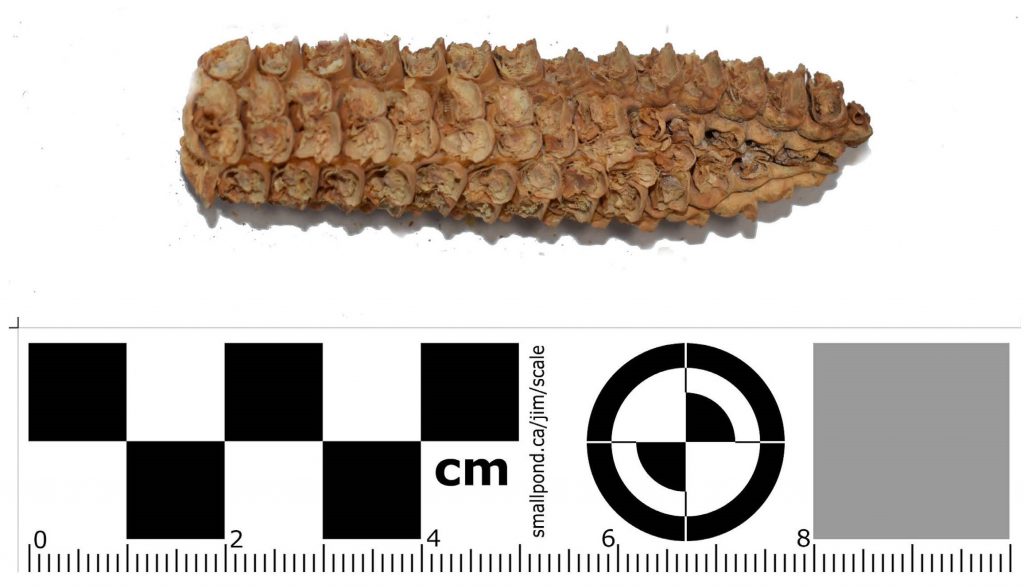
For example, if you are an archaeologist and you found a piece of animal bone, you could take a small sample of it to a laboratory. The lab would run it through a machine that counts up all the radioactive carbon present in the animal bone, and then compare it to all the possible ages that have the same amount of radioactive carbon in them. You would learn that your animal died within a certain range of years, let’s say 1200 A.D. plus-or-minus 75 years. It’s a really great way to get an estimate of an artifact’s age.
Remote Sensing
Sometimes archaeologists suspect that there’s an artifact or human-made feature under the ground, but they don’t want to start digging right away. Maybe they aren’t allowed to, or maybe they are being careful because once you dig something up, you can never put it back. Whatever the reason, they need to be able to see underground… and that’s why archaeologists use remote sensing technology.
Remote sensing just means looking underneath the ground without touching it. Archaeologists love using remote sensing because it helps them prepare for what to expect if they excavate the site.
One type of remote sensing technology that archaeologists use is ground penetrating radar (GPR).
GPR uses the principles of radar to “look” underground. To use GPR, a specially trained archaeologist pushes a machine that looks like a lawn mower across an archaeological site.
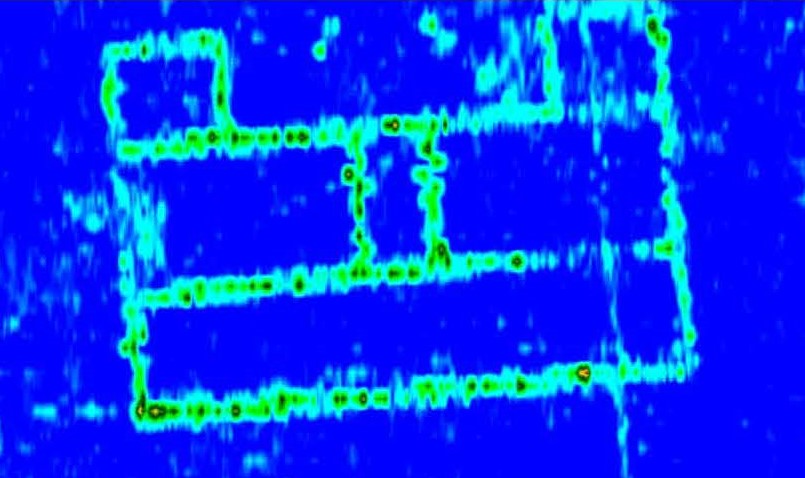
The GPR machine sends out pulses of electromagnetic energy into the ground, and records when and how those pulses return back to it. The GPR will show a different pattern when the pulses of electromagnetic energy will hit solid materials (like stone) rather than soft materials (like dirt).
When archaeologists look at the maps these machines When archaeologists look at the maps these machines produce, sometimes they are amazed. The GPR can sometimes show very clear outlines of building foundations, or sometimes show areas where prehistoric people cleared away rocks to create a flat, even floor for their pithouses.
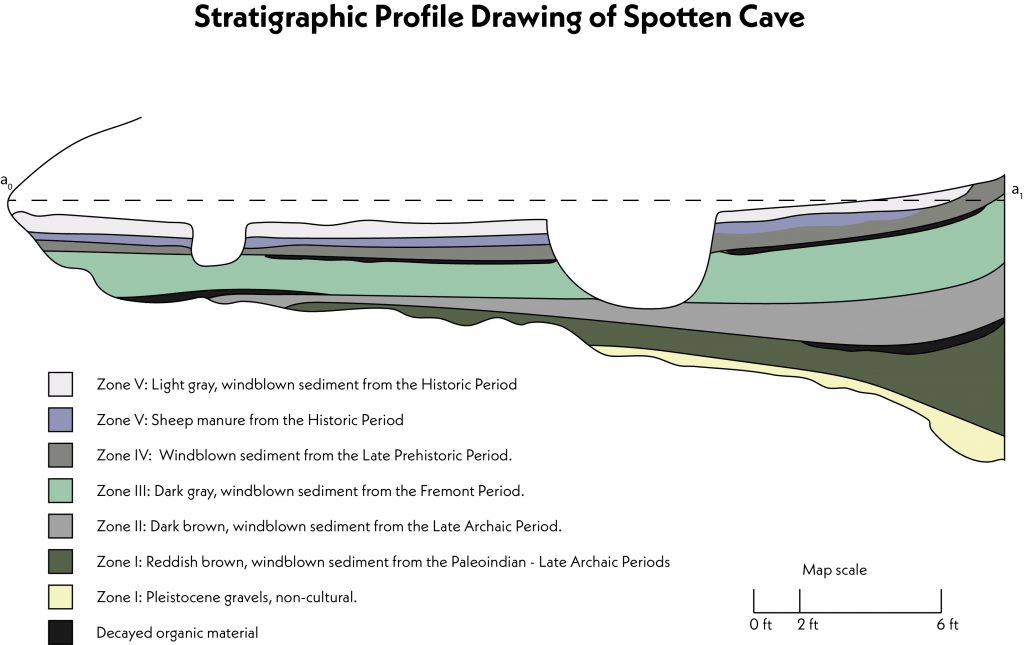
Stratigraphy
Stratigraphy means looking closely at layers in the soil, and especially what artifacts are found in each layer.
When excavating a site, the deeper archaeologists dig, the further back in history they go. The principle of superimposition says that the deepest layers of deposits are the oldest, and the layers above the deepest layer get progressively younger. Each layer helps us to date and analyze the artifacts found within it.
Oral Traditions
While archaeologists study things that people left behind, the descendents of past peoples also hold important knowledge about history. Passed down through hundreds of generations, Native American people today hold knowledge of the past — including stories and how people lived in the past. Oral traditions of descendant people, like Native American tribes, are perhaps the most important tool that we have to learn about the past.
These stories, sometimes called oral histories or traditions, can be important to the traditions of Native American people. They can also help archaeologists learn more information about how people lived in the past, complementing information told by the material culture that they study. They also help continue the important cultural traditions that Native Americans hold today, and will hold into the future!
Keep Exploring!
Return to the Archaeology page here.
Return to the I Love Utah History home page here.